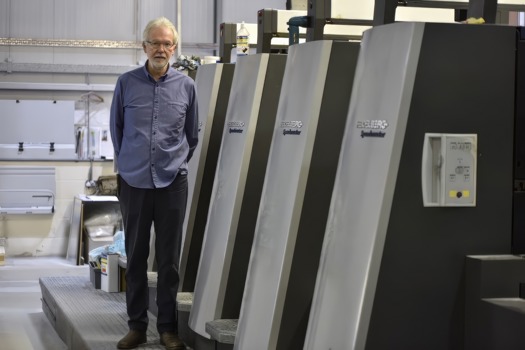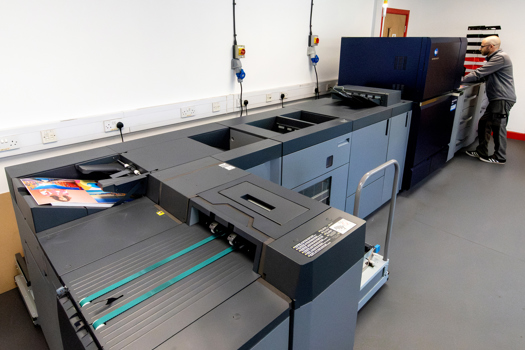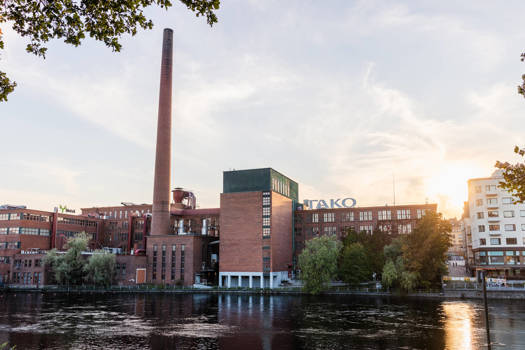What did the job entail?
The flag was commissioned by Chemistry Innovation and Bioscience Knowledge Transfer Networks to showcase the potential uses of bio-based materials. Biome BioPlastics, one of the largest suppliers of starch-based bio-plastics, produced a 2m x 3m biodegradable film, using potato waste.
How was it produced?
The substrate was then shipped to MCR Print’s Brighton facility where the Union Jack design was printed onto it using an Arizona 550 GT flatbed with UV curing inks. The finished design was then sent to the company’s London office where production director Dave Willoughby put the eyelets in by hand.
The finished article was displayed in London this week at the UK’s industrial biotechnology event, Leading IB: A UK Showcase.
What challenges were overcome?
The 2m-wide substrate was shipped to MCR folded in half and wrapped around a 1m-wide roll. The MCR Print team had carefully unwrap it, cut it down to the required 3m length and flatten it in preparation for printing. Willoughby, who was in charge of the project, said that throughout, the weeklong project, in the absence of the tension that would have come from using a web reel, up to three staff at a time were needed to hold the edges of the flag down to keep it flat for printing.
The team also employed the vacuum suction option on the flatbed printer to ensure the flag was as flat as possible during printing.
What was the feedback?
Biome Bioplastic chief executive Paul Mines said: "The flag is interesting illustration of just what is possible starting with bio-based materials and using innovation and imagination."










